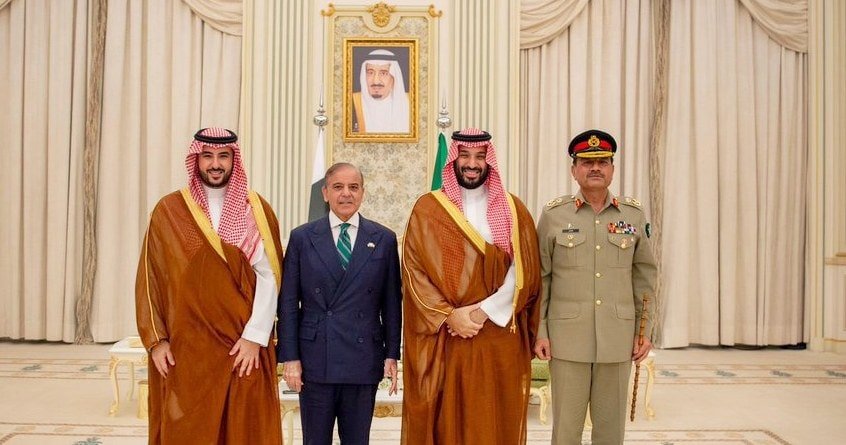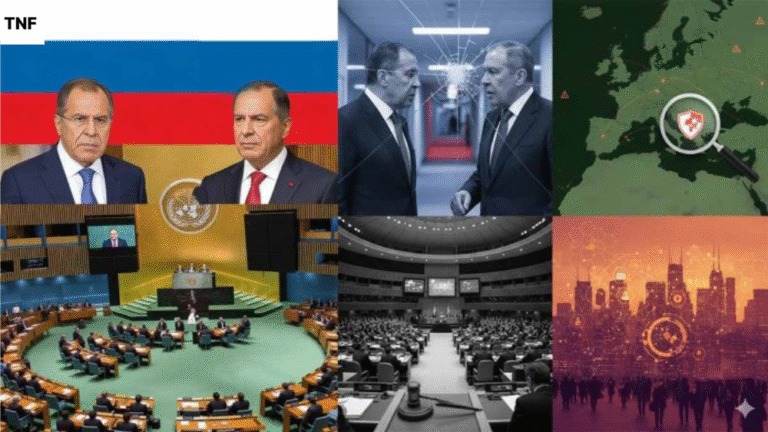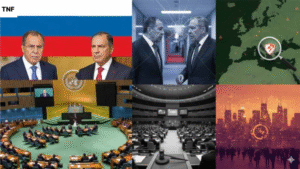The strategic mutual defense agreement Pakistan Saudi Arabia marks a landmark moment in South Asia–Middle East security relations. On September 17, 2025, Islamabad and Riyadh signed a formal pact under which an act of aggression against one country would be deemed an act against both.
This pact builds on decades of military cooperation, institutionalizes joint deterrence, and raises critical questions about its terms, the defense conditions from both sides, and its future applications.
In this article, we explore the history of Saudi-Pakistan relations, the defense conditions of each side, the complete known terms of the agreement, and comment on how it might play out going forward.
Historical Background of Saudi-Pakistan Relations
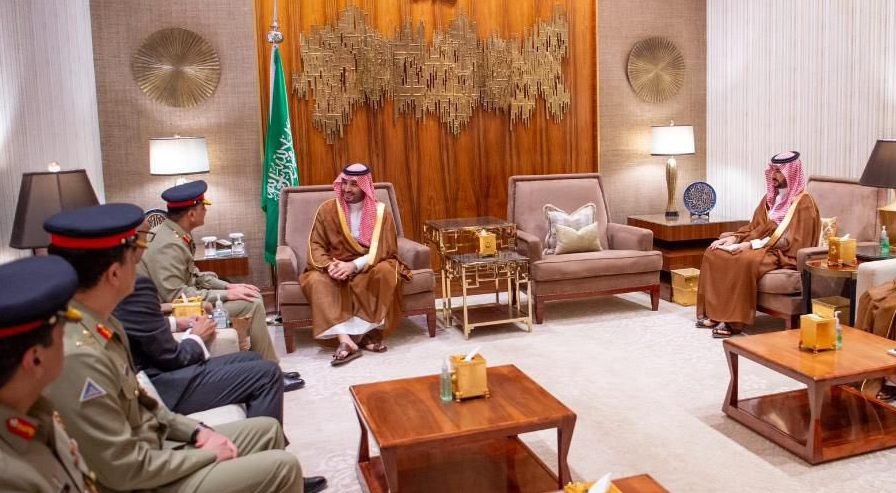
To understand the new pact, one must trace the long and multifaceted relationship between Pakistan and Saudi Arabia.
Early Ties and Diplomatic Foundations
- Pakistan and Saudi Arabia established diplomatic relations soon after Pakistan’s independence in 1947.
- In 1951, the two states signed a Treaty of Friendship, laying the foundation for evolving cooperation in politics, religion, security, and economics.
- Over the years, Saudi Arabia has played a substantial role in funding religious institutions, mosques, and Islamic educational programs in Pakistan, thereby fostering ideological and cultural links.
Military and Defence Cooperation: From Informal to Institutional
- The military relationship began in earnest during the 1960s. Under King Faisal and President Ayub Khan, Pakistan started providing training, advisory support, and technical assistance to the Saudi military.
- In 1967, Pakistan formally entered into a defense cooperation agreement with Saudi Arabia; Pakistani officers and technicians were deployed in training and advisory roles.
- Over subsequent decades, Pakistan trained thousands of Saudi military personnel. Some estimates suggest over 8,000 Saudi personnel have received training in Pakistan.
- In 1982, the two countries institutionalized their security cooperation through a Bilateral Security Cooperation Agreement, which allowed for the deputation of Pakistani armed forces personnel and training on Saudi soil.
- Pakistan also periodically stationed units in Saudi Arabia for border security or advisory roles.
- Pakistani military expertise has been used in building Saudi capabilities, e.g. in fortifications along the Yemen border, in training, intelligence exchanges, and joint exercises.
Economic, Religious, and Strategic Overlaps
- Saudi Arabia has been a major supplier of oil and petroleum to Pakistan, and has extended loans, investment pledges, and financial support to Islamabad at times of economic distress.
- Pakistan has a large expatriate community in Saudi Arabia (sometimes estimated around 900,000 to over a million), which sends remittances back to Pakistan, contributing to Pakistan’s foreign currency inflows.
- Saudi funding has helped build mosques and Islamic institutions in Pakistan, such as the Faisal Mosque in Islamabad (named after King Faisal).
The 2025 Strategic Mutual Defense Agreement: Key Features
Signing and Official Declaration
- The Strategic Mutual Defence Agreement (SMDA) was signed on September 17, 2025, at the Al-Yamamah Palace in Riyadh.
- Pakistan’s Prime Minister Shehbaz Sharif and Saudi Crown Prince Mohammed bin Salman were the signatories.
- The pact’s principal clause states: “any aggression against either country shall be considered an aggression against both.”
Nature and Purpose
- The agreement is framed as a collective defense / mutual defence commitment, similar in spirit to alliances like NATO’s Article 5, though with unique regional dynamics.
- The official articulation describes the goal as developing various aspects of defense cooperation, strengthening deterrence, and enhancing joint security.
- The pact is often portrayed as formalizing what was already an existing close relationship rather than establishing something entirely new.
Defense Means Covered
- The pact reportedly “encompasses all military means”, which suggests conventional forces, air, naval, intelligence, and possibly even nuclear or deterrence components.
- Whether Pakistan’s nuclear capabilities will be extended as a protective umbrella to Saudi Arabia remains ambiguous and contested.
- Pakistani officials initially hinted at a possible nuclear dimension, but later ambiguously backed off, stating it was “not on the radar.”
- The deal also implies heightened cooperation in defense industry, technology transfer, joint military production, training, intelligence sharing, and capacity building.
Defense Conditions & Capabilities of Saudi Arabia and Pakistan
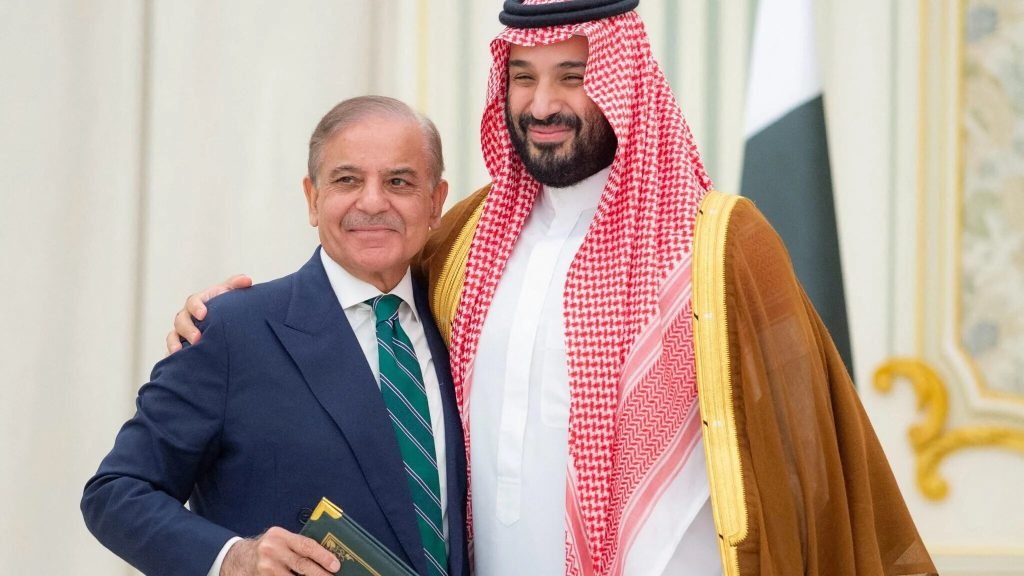
To evaluate the pact effectively, one must examine the respective defense positions, limitations, and advantages of each party.
Saudi Arabia: Defense Profile, Strengths & Constraints
Strengths / Capabilities:
- Financial Resources & Procurement Power
Saudi Arabia has significant budgetary capacity and can afford modern weaponry, advanced aircraft, missile systems, and naval capabilities through large defense contracts with Western suppliers.
- Strategic Location & Regional Leverage
Its geographic location in the Persian Gulf and proximity to Yemen, Iran, and the Red Sea gives it strategic importance in regional conflicts and maritime security.
Support Infrastructure and Modernization Agenda
In recent decades, Saudi defense modernization has accelerated, with efforts to localize defense industrial base and diversify capabilities. The new pact may further this agenda.
Constraints & Vulnerabilities:
Lack of Combat Experience: Despite modernization, recent Saudi military engagements (e.g. in Yemen) have faced challenges, including asymmetric warfare by the Houthis. Reliance on foreign contractors and external support has been evident.
Reliance on External Suppliers: Saudi Arabia depends heavily on imports for advanced weapons systems and logistics. It has room to improve domestic defense production.
Vulnerability to Missile / Drone Attacks: The conflicts in the region have shown that missile and drone strikes (e.g. from Yemeni Houthi forces) can penetrate deep into Saudi territory, suggesting gaps in missile defense and homeland defense.
Strategic Overstretch and Commitment Dilemmas: Saudi commitments across multiple fronts (Yemen, Persian Gulf, Red Sea, internal security) may stretch its military focus, making external defense pacts more challenging to operationalize.
Pakistan: Defense Profile, Strengths & Constraints
Strengths / Capabilities:
Nuclear Capability & Deterrence: Pakistan is a recognized nuclear-armed state, which gives it strategic leverage.
Experience in Asymmetric & Conventional Warfare: Pakistan has long experience in counterinsurgency, mountain warfare, and conventional conflict with India.
Military Training & Advisory Expertise: Pakistan’s longstanding role as a trainer and advisor to other militaries, including Saudi Arabia’s, gives it soft-power and capacity-building advantages.
Strategic Flexibility & Alliances: Pakistan often balances ties with China, Iran, the U.S., Gulf states, and regional players. This gives it diplomatic maneuverability, though also raises risks.
Terms (Known and Inferred) and Legal / Strategic Interpretation
Because the treaty’s full text has not been made public, many of its terms remain speculative. Still, based on public statements, media reports, and analysis, we can outline the known and likely features.
Known Terms
- Collective Defense Clause
The fundamental clause is mutual defense: aggression against one is aggression against both.
- Comprehensive Military Means
The pact is said to allow deployment of all military means, including conventional forces, intelligence, air, naval, and possibly deterrent capabilities.
- Joint Deterrence & Defense Cooperation
The agreement mandates cooperation in training, technology transfer, defense industry collaboration, joint production, intelligence sharing, and capacity building.
- Ambiguous Nuclear Dimension
While the official language leaves open potential nuclear cooperation, no clear commitment is publicly confirmed. Pakistan’s defense minister later downplayed nuclear sharing.
- Case-by-case Political Control
Analysts believe that despite the broad language, each country will retain discretion in deciding whether and how to respond to a given aggression, depending on national interest.
Inferred / Likely Features
- Thresholds & Triggers
There will likely be conditions or thresholds specifying when the defense obligations kick in (e.g. invasions, missile attacks, terrorist aggression) and when they do not (e.g. internal unrest).
- Exclusions or Reservations
The pact may exclude certain types of conflict (e.g. offensive wars, preemptive strikes, nuclear first use) or allow opt-out clauses depending on circumstances.
- Cost and Resource Sharing
Deployment costs, logistics, equipment sharing, base access, and war-fighting burdens may be jointly negotiated rather than automatically borne by one side.
- Command and Control Structures
The agreement may establish joint command or liaison mechanisms, integrated planning cells, or common crisis management arrangements.
- Duration, Renewal, and Exit Clauses
The treaty likely includes durations and conditions for renewal or termination, though these are not yet disclosed.
- Review and Moderation Mechanisms
Periodic reviews, conflict resolution mechanisms, or dispute settlement clauses may moderate the entrenched commitment.
Legal and Strategic Interpretation
- The pact elevates the Saudi-Pakistan relationship from implicit cooperation to an explicit alliance, intensifying strategic stakes in any future conflict.
- However, the vagueness around nuclear sharing, thresholds, and command structures gives both sides flexibility and plausible deniability.
- Such ambiguity is likely deliberate, to deter adversaries without overcommitting militarily or provoking external actors (e.g. India, U.S., Iran).
- The arrangement may be more symbolic and deterrent than operational in the short term, serving as a signal of solidarity and strategic depth in a volatile region.
Future Applications, Risks, and Strategic Commentary
Potential Applications
- The pact could deter aggression from regional adversaries (for example, Iran or Israel), by multiplying the defensive capacity of Saudi Arabia.
- The agreement may enable joint deployments in hotspots (e.g. Yemen, Red Sea, Arabian Peninsula) to counter terrorism, protect strategic chokepoints, or stabilize neighbors.
- Saudi Arabia may leverage Pakistan’s defense manufacturing and technical capacity to build domestic defense capabilities, reducing dependence on foreign suppliers.
- Though ambiguous, in extreme cases Saudi Arabia might seek invocation of Pakistan’s nuclear deterrent — but doing so is fraught with political, legal, and international risk.
Risks and Challenges
Overextension and Entanglement
Pakistan may be pulled into conflicts where its strategic interest is limited, stretching its resources and exposing it to major confrontations (e.g. with Iran or Israel).
Regional Reactions & Escalation
India, Israel, and Iran may perceive the pact as a threat, triggering arms races or counter-alliances. India already has voiced concern over the pact.
U.S. Discomfort / Diplomatic Pressure
The United States, long the primary security backer of Gulf states, may view Saudi diversification skeptically, possibly applying diplomatic pressure.
Nuclear Proliferation Concerns
If the pact is interpreted as nuclear sharing, it could raise nonproliferation tensions and draw scrutiny from international agencies.
Domestic Opposition / parliamentary constraints
In Pakistan, parliamentary or political opposition might limit full engagement in foreign military interventions; domestic consensus would be necessary.
Ambiguity-induced Miscalculation
Vagueness in when and how the pact activates raises the danger of miscalculation — one party might expect aggressive support whereas the other declines.
Comments and Prognosis
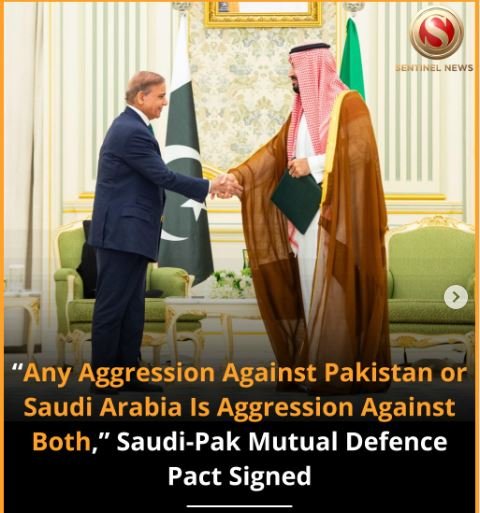
- The pact is less a sudden shift and more a formalization of long-standing ties. Analysts widely agree that it codifies existing practices rather than creating something entirely new.
- Its deterrent value may be strong even without full operationalization. The signaling effect could dissuade adversaries from testing Saudi or Pakistani resolve.
- In practice, each action will depend on political will, domestic constraints, cost calculations. And strategic interest rather than automatic military commitment.
- Pakistan’s prior refusal to join Saudi-led interventions (e.g. Yemen campaign) underscores its independence in foreign military decisions; the new pact does not necessarily compel unconditional involvement.
- If Saudi Arabia can gradually build its own defense-industrial base (with Pakistani support), it may reduce dependency on external arms suppliers.
- Over time, this pact could be a pivot point in evolving Middle East-South Asia security architectures: Gulf states might look eastward (toward Asia) for security partners.
- A central question: will Pakistan actually extend its nuclear deterrent to Saudi Arabia? Public ambiguity suggests Islamabad will maintain strategic ambiguity to avoid triggering escalation.
- Geopolitically, the pact complicates the position of the U.S. (which has been the Gulf’s security guarantor), India (which watches Pakistani moves warily), and Iran (which sees Saudi moves as balancing maneuvers).
FINAL THOUGHT
The strategic mutual defense agreement Pakistan Saudi Arabia signals a significant deepening of a long-standing partnership.
It cements the principle of mutual defense, expands the scope of military cooperation, and raises the strategic stakes in an ever more volatile region.
While many terms remain opaque, the pact’s symbolic and deterrent force is likely to be significant.
Practical application, however, will depend on political will, resource allocation, and evolving regional dynamics.
